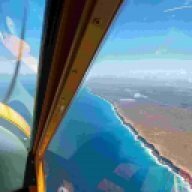-
Posts
3,170 -
Joined
-
Last visited
-
Days Won
29

Downunder replied to Marty_d's topic in Instruments, Radios and Electronics

Downunder replied to Marty_d's topic in Instruments, Radios and Electronics

Downunder replied to RFguy's topic in AUS/NZ General Discussion

Downunder replied to RFguy's topic in AUS/NZ General Discussion

Downunder replied to Bruce Tuncks's topic in Instruments, Radios and Electronics

Downunder replied to Garfly's topic in AUS/NZ General Discussion

Downunder replied to bushcaddy105's topic in Aircraft General Discussion

Downunder replied to Country Flyer's topic in Instruments, Radios and Electronics

Downunder replied to RFguy's topic in Engines and Props

